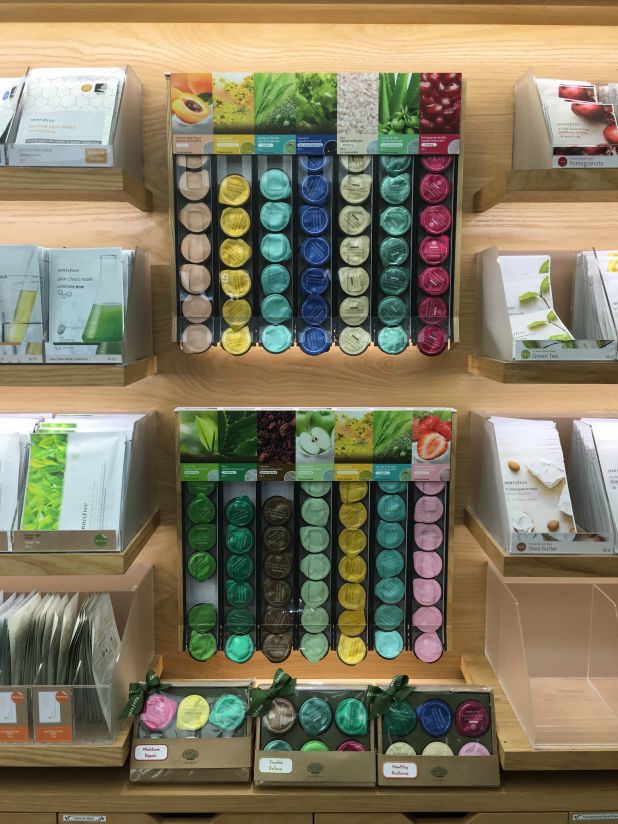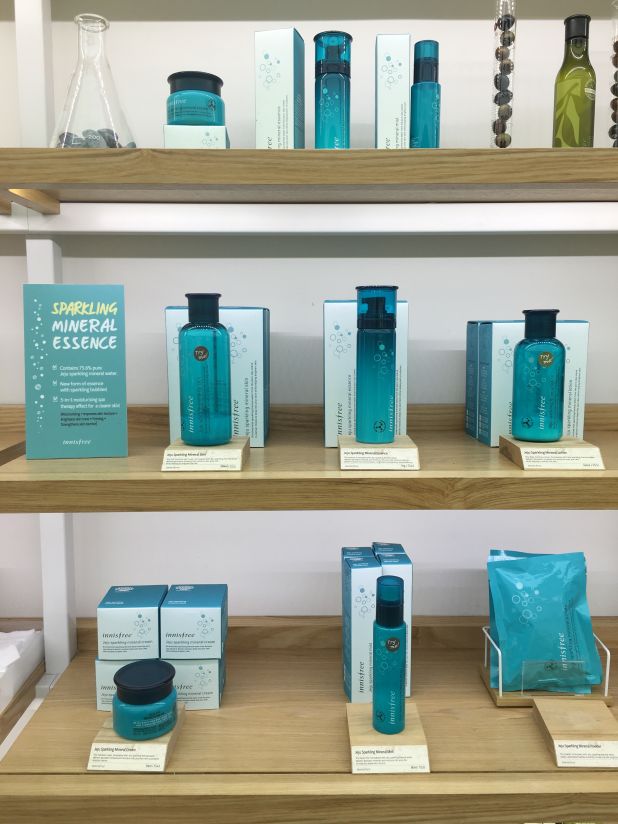
Retail safari: Fearless dispatches from the frontier of consumerism – Innisfree edition
 RETAIL SAFARI: fearless dispatches from the frontier of consumerism
RETAIL SAFARI: fearless dispatches from the frontier of consumerism
The first installment of ‘RETAIL SAFARI: fearless dispatches from the frontier of consumerism’ by intrepid retail explorer and jkr Singapore strategy director, Katie Ewer, puts Korean beauty brand Innisfree’s sensory store in Singapore under the magnifying glass.
If you live in Asia, you’ll know Innisfree. It’s a Korean skincared brand from the land of easy ten-step beauty regimes. (Did you know that the average Korean woman spends 25 minutes a day on her beauty regime? And that 65% of Korean men use a facial toner?!). Anyway, Innisfree is from that place.
Amongst the many generalisations I have heard about this region, ‘sustainability doesn’t resonate with Asian consumers’ is one of the most persistent. This brand’s success kicks that theory into touch. From the store approach (shop windows chock full of green pot plants) to the threshold (the sound of waves lapping a far-off Korean shore and birds happily chirruping beyond), Innisfree exerts its eco-friendly credentials with unswerving dedication. For instance, the brand runs a bottle recycling campaign in its stores and has so far made ‘donation for the nature and neighbors’ of W3.1billion. I have no idea what this means, but they seem pretty committed to it, and you certainly can’t escape their zealous nature-loving philosophy whilst buying a facemask.
Retail Safari – Innisfree

Innisfree double eyelids

Innisfree vertical garden

Innisfree save the earth

Innisfree face masks

Innisfree face masks Nespresso-style

Innisfree shelfie
Innisfree comes from the Korean island of Jeju (a UNESCO world heritage gazetted volcanic island with its own unique ecosystem). All of their products all contain green tea, which is grown on the foothills of Mount Halla. The brand only opened its first store outside of Korea in 2012. It has 6 in Singapore – which is 1 Innisfree for every 120 square kilometres. Clearly insufficient.
If you have 15 minutes free, there’s worse ways to spend your time than mooching around an Innisfree. It’s like a sweetie shop for the selfie generation. Facemasks – which come in every conceivable variety – are merchandised in a pick and mix style display, designed to draw beauty zombies to its promises of eternal youth at $2 a pop. There’s even a Nespresso-style capsule format stocked in a nifty gravity feed dispenser. Be still my beating heart!
My favourite piece of retail engagement is the eye makeup tester bar, which features Korean celebs dispensing advice on makeup techniques for single eyelids as well as double eyelids. (Fun Fact: 1 in 5 women in Seoul have had double eyelid surgery)
There are, I think, three reasons why Innisfree is so successful outside of Korea. 1) It is Korean, and Korea is the epicenter of Asian beauty, a.k.a. ‘K-Beauty’. 2) It has a strong ‘nature’ story that differentiates it from similar brands, and 3) it’s easy, accessibly and cheap. Perhaps it’s one of the reasons why the Korean beauty industry is worth an estimated US$10bn a year in annual sales. That’s a lot of facemasks.